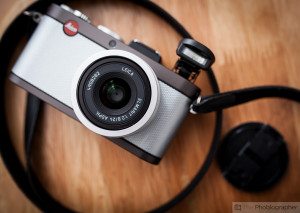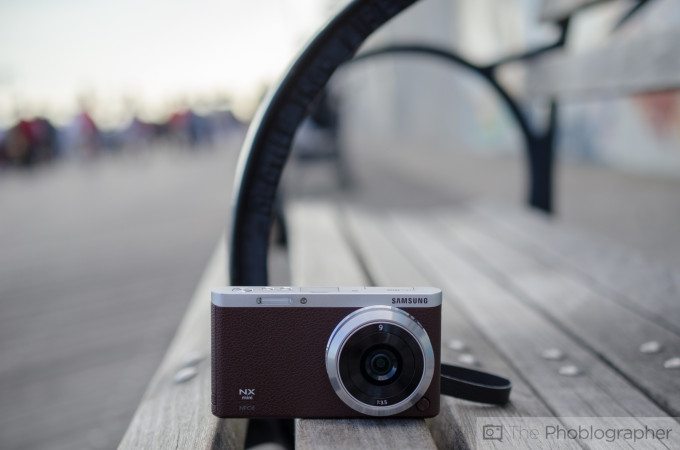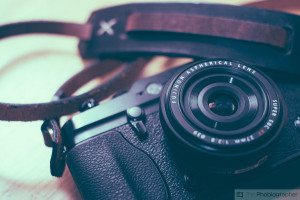Last Updated on 10/20/2014 by Julius Motal
The title of this piece can almost make you say, “Duh” depending on what school of thought you’re coming from. Whether we choose to believe it or not, the iPhone is one of the most popular street photography cameras not only due to its small size and reliability, but for the fact that it has such a small sensor that it’s tough to not get a subject in focus. The sensor is indeed so small that it is tough to get something not in focus–so the photographer is forced to have compelling subject matter without relying on tricks like bokeh.
And by going on a similar train of thought, one can argue that smaller sensors indeed make street photography easier.
Street photography has colloquially been the act of capturing candid scenes out in public. It has been practiced, perfected, and modified for years. Characteristics of the art form have gone on to influence both documentary and journalistic shooting. For many, many years the medium was dominated by Leica and rangefinder camera toting photographers. When the digital age came around, the medium opened itself up even more to other cameras. No longer did someone need to use the 35mm film format–instead they could reach for an APS-C or Four Thirds camera. For a while though, the image quality of these two formats couldn’t even dream of competing with full frame 35mm sensors.
Then the technology became better and better–and with that so too did autofocusing. In the whole mix of this, the iPhone and mobile photography became more popular. Seemingly overnight, photographers were flooding Instagram with amazing street photos taken with a device that doubled for making telephone calls, checking emails, and even playing Angry Birds.
When full frame cameras became more affordable, Flickr and 500px became polluted with many horribly out of focus street photography shots. However, full frame 35mm sensors were seen as a way to compete against the iPhone. Sure, it can deliver better photos in a technical aspect, but what about aesthetically? What happened to the beauty and magic of getting film-like grain in your images? For that, you need something with less handling and putting more emphasis on simply taking the photos.
Years and years of us testing camera after camera have brought us to the conclusion that shooting with smaller sensors makes street photography easier. It makes total sense too! With a Four Thirds sensor, an image shot at f2 will give you the equivalent depth of field of f4 on a full frame camera. But for what it’s worth, the exposure values don’t change. Going along further with this thinking, it can be concluded that a street photographer will need to raise their ISO up, stop down their aperture, and theoretically slow down their shutter speeds in order to get the images that a smaller sensor can.
To put this into more perspective, consider the fact that medium format 120 film and 645 sensors aren’t used very often to shoot street photos. Instead, much of that is relegated to more static subjects. In real life practice, you wouldn’t shoot street photography with an 8×10 camera because it would be nearly impossible to get the images that you want.
Instead, we can reasonably deduce that a smaller sensor can capture images that are more than good enough for capturing candids on the street. In fact, we highly recommend it. It’s wondrous to be shooting a lens at f1.8 and have the equivalent depth of field of f2.7 on a full frame camera when using an APS-C sensor with a 1.5x crop factor. The exposure value will be the same, and I can get more of my scene in focus. Indeed, it makes the practice simpler and a photographer can focus more on just going after a scene. They can also presumably use autofocus with a higher chance of accurately getting a subject in focus.
But beyond the physics of a sensor and technology behind it, consider this: smaller cameras are more likely to be with you everywhere and can become a constant companion. They’ll help you capture all the greatest moments that you otherwise wish you could have caught on camera. Smaller cameras also have smaller lenses–which make the overall package more low profile when shooting candids on the street. In keeping with this logic, we again come back to the medium format and large format camera examples. They’re simply too large–even an amazing camera like the Mamiya 7 II can be a bit much.
While the 35mm format was developed to be a happy medium to the large format studio shooters and to put photography into the hands of the average person, technology has made the human race arguably dumber and wanting the technology they work with to be simpler. Based on this fact, smaller cameras (like the iPhone and other phones) are more than adequate for many. For those that want something a bit more, Four Thirds and APS-C sensors are a nice choice–if not the most ideal for all skill levels. The 35mm full frame format is a bit more complicated, and anything larger than that seemingly intimidates too many photographers.
These reasons are why the smaller sensors are better for street photography, and instead of worrying about the technology behind them, they allow the photographer to simply focus on capturing the scenes in front of them.





